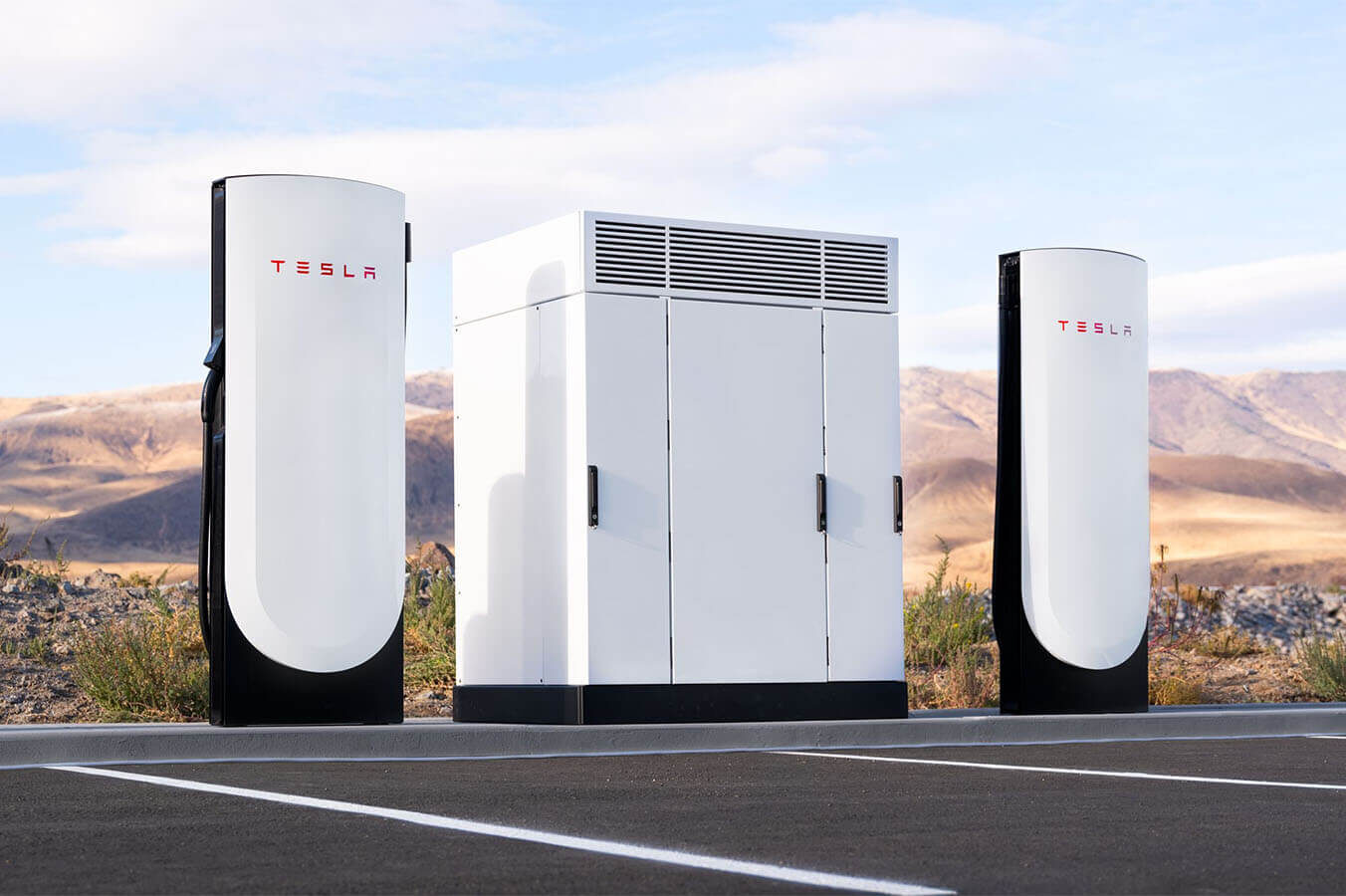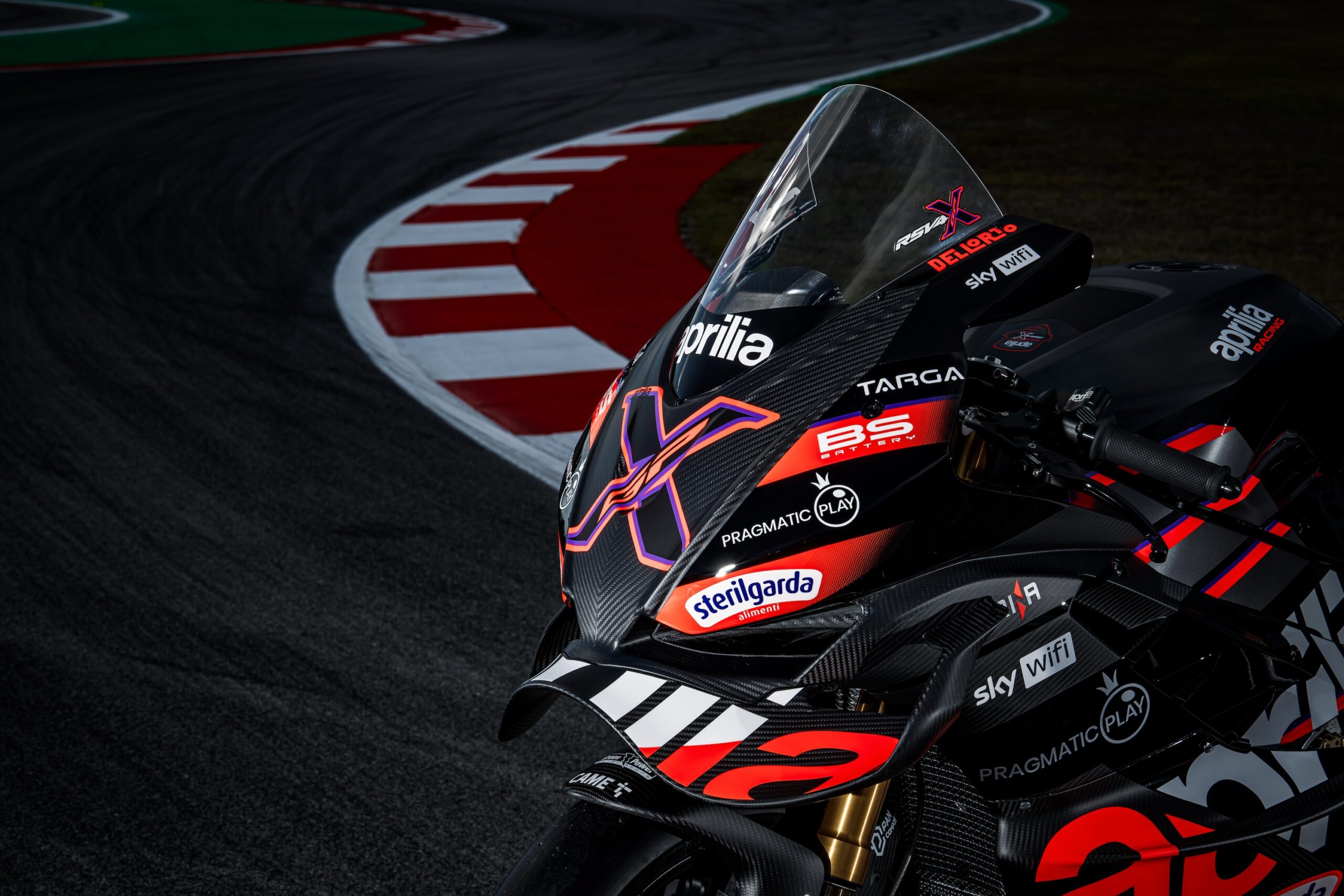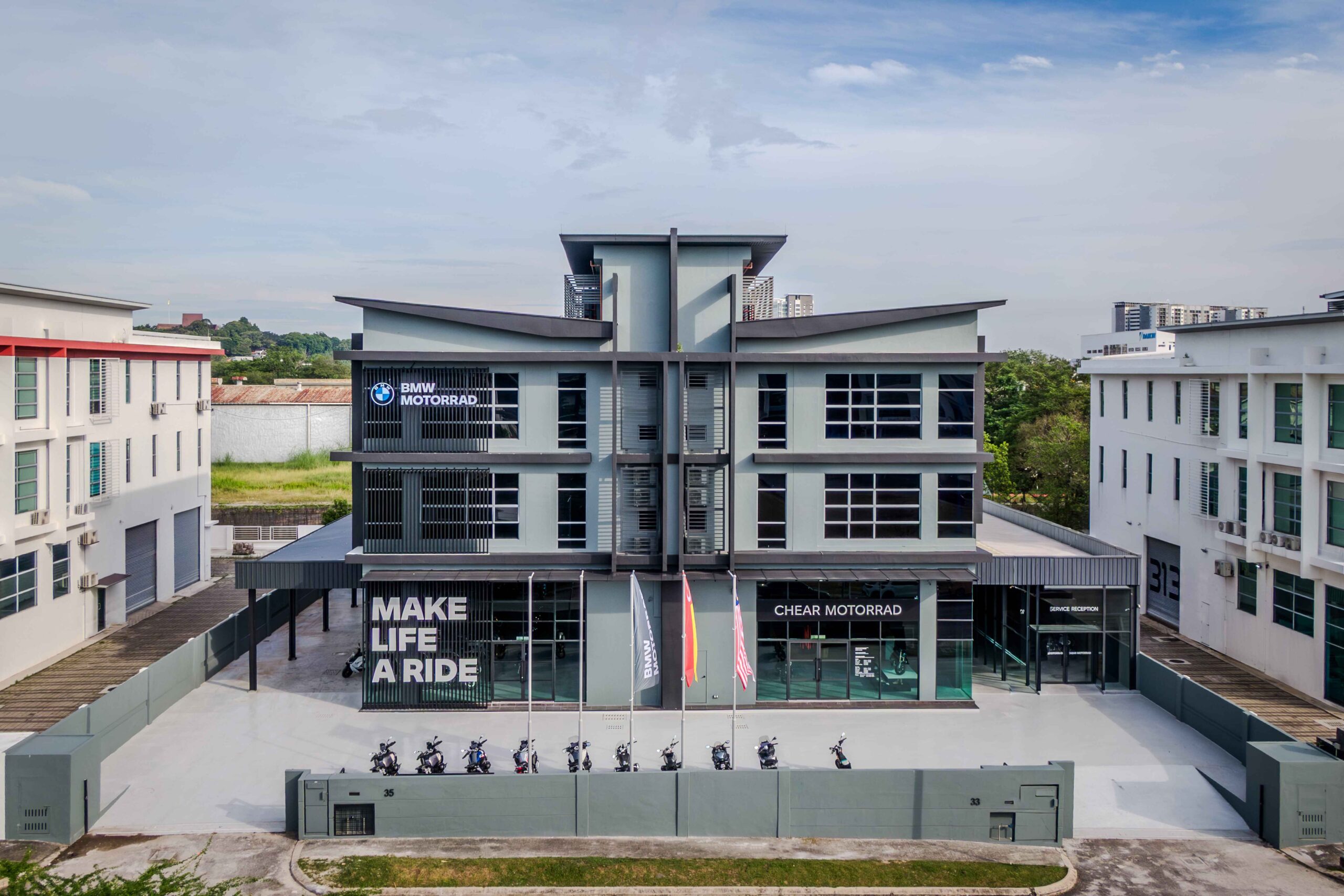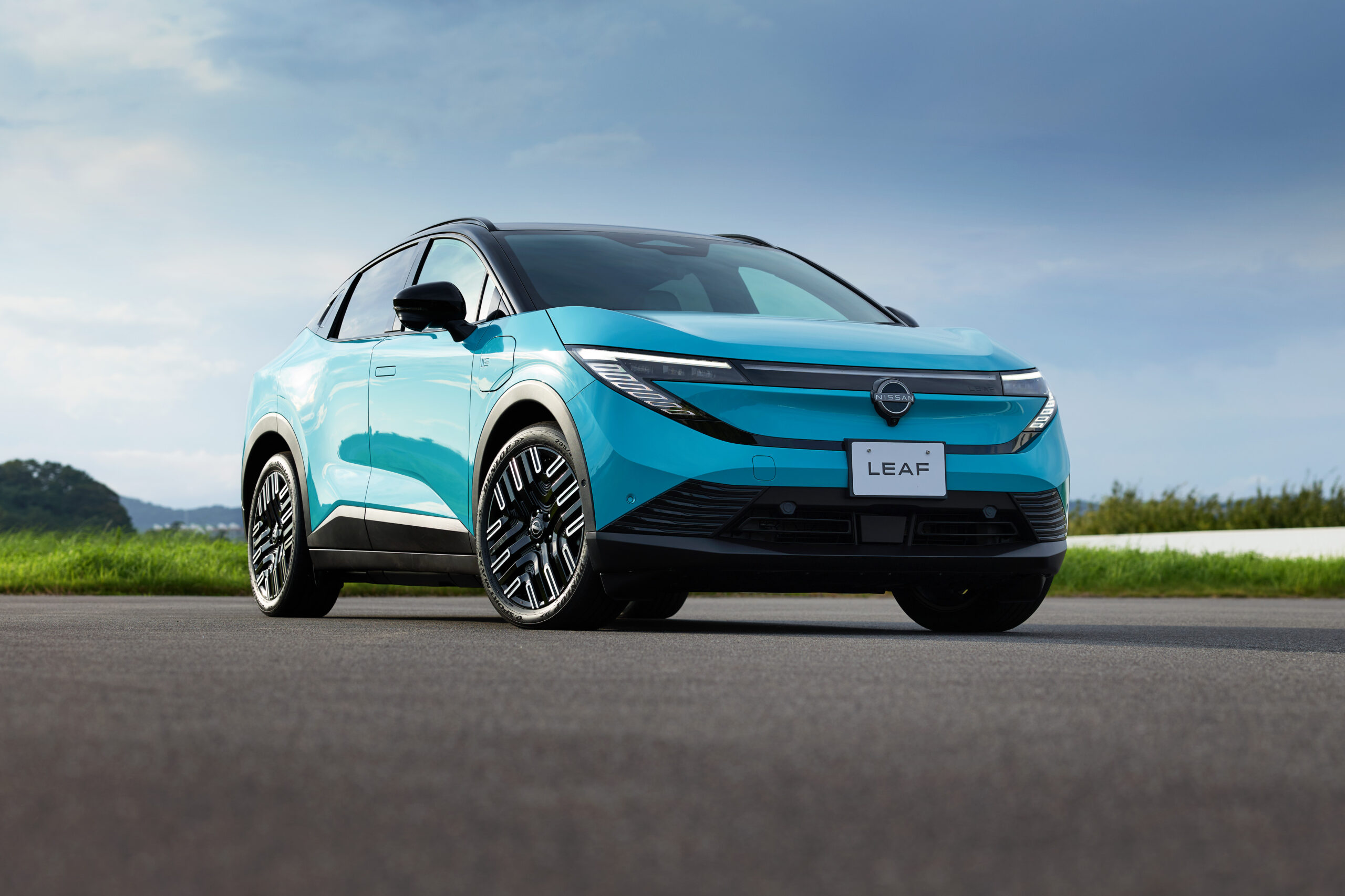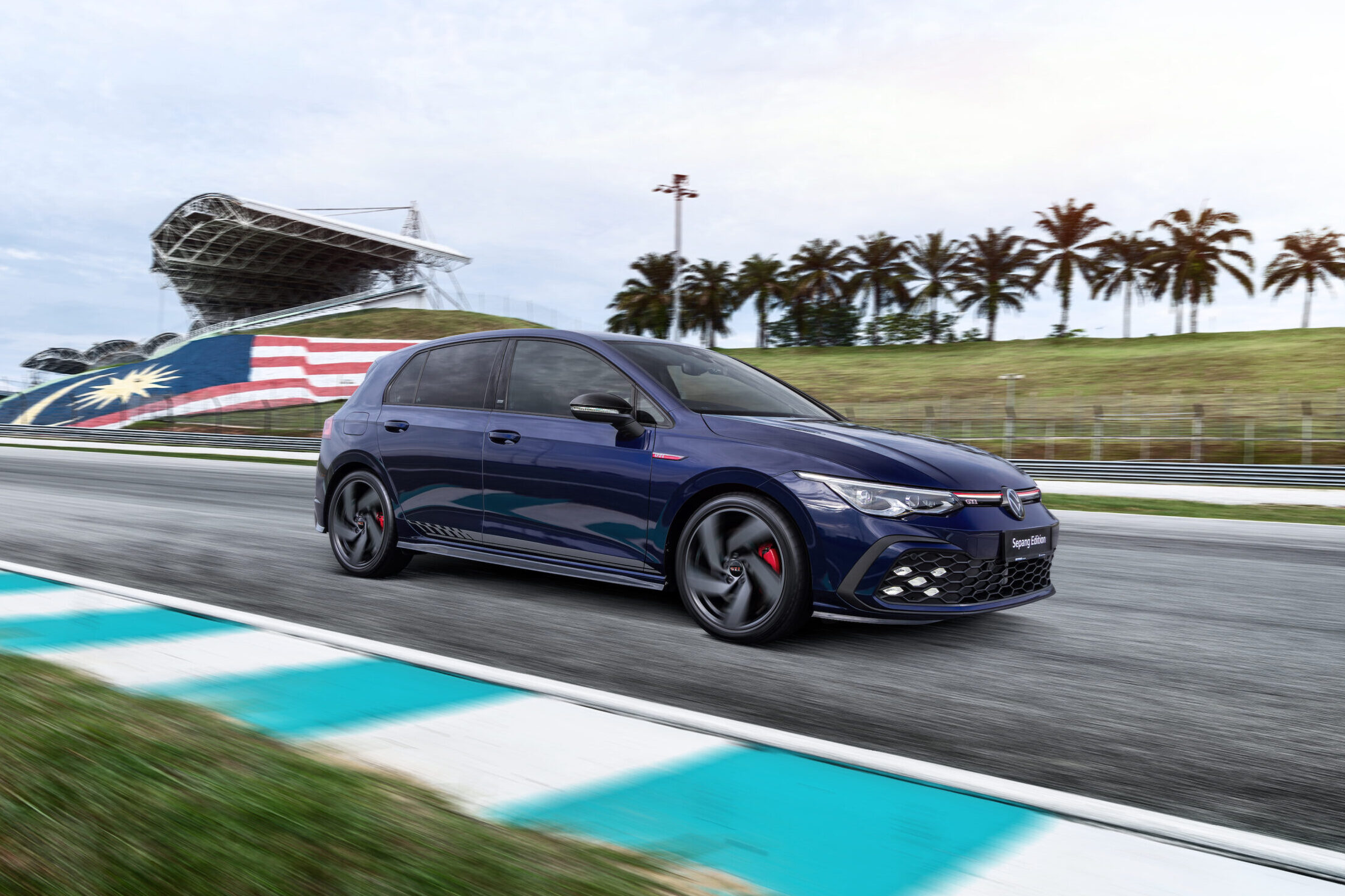
The Lamborghini Tecnica is not just a car—it’s the culmination of a vendetta. Ferruccio Lamborghini, a tractor magnate turned automotive insurgent, founded his company in 1963 after Enzo Ferrari dismissed his critiques of Ferrari’s clutch systems. That spark of defiance birthed machines that prioritized theatricality over tradition, and the Tecnica, a refined iteration of the Huracán, carries that DNA. But this isn’t a brute; it’s a paradox. The Tecnica emerged in 2022 as Lamborghini’s answer to a world demanding sophistication alongside savagery, blending track-ready ferocity with a veneer of civility. It’s the antihero in a bespoke suit, whispering threats in Italian.
Engineering as Performance Art
Under its sculpted hood lies a 5.2-liter naturally aspirated V10, a relic in an era of turbochargers and hybrid compromises. With 631 horsepower and 417 lb-ft of torque, it rockets to 62 mph in 2.9 seconds, howling to a 202 mph crescendo.
The Tecnica’s chassis, a mix of carbon fiber and aluminum, weighs just 3,074 pounds—a featherweight boxer with a knockout punch. Its all-wheel-drive system, rear-wheel steering, and recalibrated LDVI (Lamborghini Dinamica Veicolo Integrata) brain create a dance of physics, allowing the car to pivot between razor-sharp precision and controlled chaos.
Yet these numbers are mere footnotes. The Tecnica’s soul lies in its contradictions: a car that thrills purists by rejecting electrification, yet courts modernity with aerodynamic efficiency.
The Politics of Excess in a Climate-Conscious World
Lamborghini’s defiance of the electric zeitgeist is a quiet rebellion. While rivals like Ferrari and McLaren hybridize their lineups, the Tecnica doubles down on internal combustion, flaunting a V10 that drinks fuel like vintage wine.
Critics call it irresponsible; Lamborghini calls it preservation. The brand has pledged to electrify by 2028, but the Tecnica is a swan song—a machine that dares to ask, Can passion be sustainable? Its carbon fiber monocoque and lightweight materials hint at eco-consciousness, yet its existence feels like a middle finger to compromise. In a world of regulations, the Tecnica is a fleeting ode to unapologetic desire.
Dimensions: Aggression Measured in Millimeters

At 177.9 inches long, 83.5 inches wide, and 45.9 inches tall, the Tecnica is a study in controlled aggression. Its silhouette, lower and wider than the Huracán EVO, features a new rear diffuser and a matte-black front splitter that slices air like a katana.
The roofline slopes with predatory intent, while hexagonal exhaust tips frame a rear end designed to haunt rearview mirrors. Yet for all its drama, the Tecnica is surprisingly livable. The front axle lifts at the touch of a button, sparing driveways from carnage, and the optional front parking sensors are a rare nod to practicality in a car built to defy it.
The Invisible Threads: Quirks That Define the Tecnica

Owners of the Tecnica speak of it like a temperamental lover—full of secrets that reveal themselves over time. The “Cofango” front clamshell, a single piece of carbon fiber, opens with a hydraulic hiss, exposing a V10 adorned with a plaque bearing the engine’s serial number.
It’s a fingerprint, a reminder that no two Tecnicas are truly identical. The ANIMA selector, a fighter-jet-inspired toggle, doesn’t just adjust driving modes; in “Corsa” mode, it reprograms the digital cockpit to hide all non-essential data, reducing the driver’s world to a tachometer and the road.
Then there’s the “Aerodinamica Lamborghini Attiva” system. Unlike active wings that snap upright, the Tecnica’s aero subtly reshapes itself, extending flaps and channels you’d never notice unless you crawled beneath it.
The rear glass isn’t glass at all—it’s a lightweight polycarbonate window, a detail hidden in plain sight. Even the infotainment system harbors a secret: swipe three fingers down on the touchscreen, and it transforms into a track telemetry hub, overlaying lap times and G-forces onto a 3D map.
But the quirks deepen. The optional “Sensonum” sound system doesn’t just play music; it amplifies the V10’s natural orchestra through cabin speakers, creating a synthetic symphony that blurs the line between engine and illusion. The Alcantara-clad steering wheel lacks a traditional center badge—a subtle snub to branding, forcing focus onto the drive. And in the trunk, beneath the carpet, lies a foam cutout shaped precisely for a helmet—a wink to its dual identity as a road car that moonlights as a track weapon.
The Alchemy of Emotion: Why the Tecnica Resonates

What separates the Tecnica from its siblings isn’t power—it’s intimacy. Lamborghini’s engineers obsessed over “tactile bandwidth,” a term they coined to describe how every input—steering, throttle, brake—feels like an extension of the driver’s nervous system.
The steering rack, 10% quicker than the EVO’s, telegraphs road texture through the wheel, while the carbon-ceramic brakes bite with a firmness that borders on telepathy. The absence of hybrid batteries means the weight distribution stays pristine, 43:57 front-to-rear, giving the car a balance that hybrids strain to replicate.
Yet the Tecnica’s true magic lies in its duality. In “Strada” mode, it’s docile enough for school runs, the suspension softening to absorb cracks in suburban asphalt. Switch to “Corsa,” and the car transforms—the exhaust valves open, the steering tightens, and the rear-wheel steering angles shift to mimic a shorter wheelbase, turning highways into circuits. It’s a shapeshifter, refusing to be pigeonholed as either a luxury coupe or a race car.
The Silent Rebellion: A Counterargument to Progress
In an age where speed is increasingly digitized, the Tecnica’s analog soul feels radical. Its manual transmission option (a seven-speed ISR automated manual, not a true stick shift) is a concession to nostalgia, yet its refusal to adopt hybrid tech is a statement.
Lamborghini’s gamble is that there’s still a market for unfiltered combustion—for drivers who crave the ritual of a screaming V10 over the sterile efficiency of electrons. It’s a risk, but one that pays homage to Ferruccio’s original sin: building cars not because they’re logical, but because they stir the soul.
Conclusion: The Tecnica’s Unspoken Promise
The Lamborghini Tecnica isn’t just a car; it’s a manifesto. It challenges the notion that progress requires abandonment, proving that heritage and innovation can coexist. Its quirks aren’t gimmicks—they’re love letters to those who care to look, each detail a testament to Lamborghini’s refusal to sanitize passion. As the automotive world marches toward silence, the Tecnica roars louder, a reminder that some flames shouldn’t be extinguished.
Practical Takeaways for the Discerning Enthusiast
- Weight is the Enemy: The Tecnica’s carbon-fiber diet proves that lightness enhances joy. Prioritize it over raw power.
- Analog Has Value: In a digital world, tactile feedback remains irreplaceable. Seek cars that engage your senses, not just your screen.
- Rebellion Sells: Lamborghini’s defiance of trends teaches us that authenticity resonates. Support brands that honor their roots.
The Tecnica isn’t merely a machine—it’s a mirror. It reflects what we risk losing in the rush toward tomorrow: the raw, unbridled joy of driving. And in that reflection, we see not just a car, but a challenge: Dare to feel.



